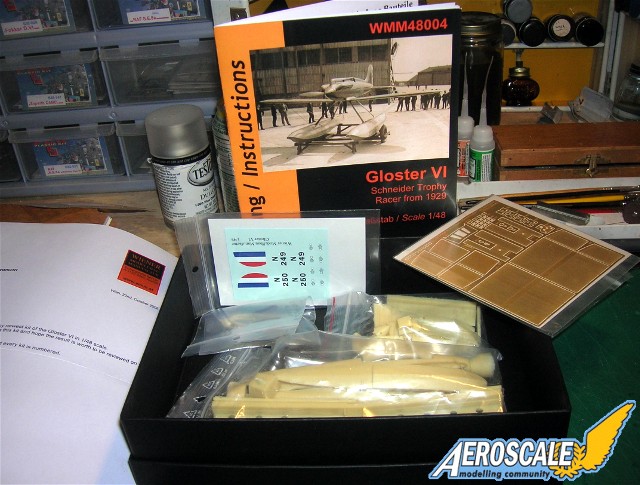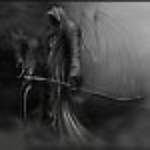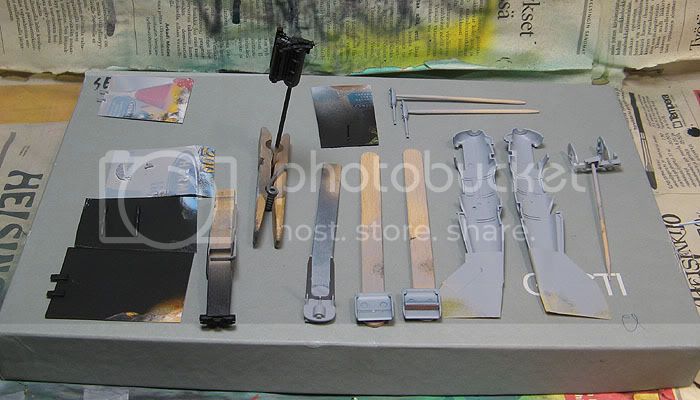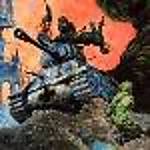Amen Jim.
Quoted Text
"Well then, I'll begin at the beginnin!"


The Gloster VI was a racing seaplane developed as a contestant for the 1929 Schneider Trophy by the Gloster aircraft company.
The aircraft was known as the Golden Arrow, partly in reference to its colour, the distinctive three-lobed cowling of the 'broad-arrow' Napier Lion engine, but also to another contemporary Lion-powered record-breaker, Henry Segrave's Golden Arrow land speed record car.
Two aircraft were registered with RAF numbers N249 & N250.
They showed promise and high speed, but also had significant problems with fuel supply when banking that led to engine cut-outs. For such a risky business as low-altitude air-racing, this was an unacceptable risk and the aircraft were withdrawn from competition in the 1929 Schneider Trophy, leaving the way clear for the Supermarine S.6 to win. An alternative theory for the withdrawal is rumoured to have been an accident to the lorry delivering the engines from Napier, and insufficient time to repair the damage until the day after.
On 10 September 1929, the day after the Supermarine S.6 had won the Trophy, N249 returned to flight. Flight Lieutenant George Stainforth flew her over a measured mile course for a top speed of 351.3 mph and a ratified world absolute speed record, averaged over four of 336.3 mph. This record was held only briefly, as a later run by Squadron Leader Augustus Orlebar in the S.6 managed to raise it over 350 mph.
During the final Schneider Trophy in 1931, the Gloster VI was still in service with the High Speed Flight for training purposes. (From the Wikipedia free encyclopedia.)


























































